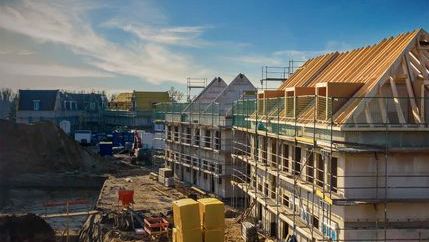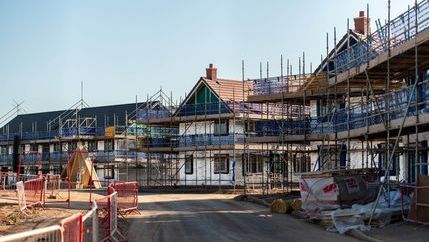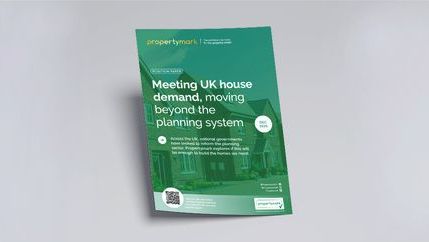
Responding to the Ministry of Housing, Communities and Local Government (MHCLG) call for evidence, Brownfield Passport: making the most of urban land, Propertymark recommends policy refinements, clear guidance on eligible areas, and that Local Authorities must retain enough flexibility to adapt to changing conditions.
Focus on local housing needs
The primary goal of any planning reform should be to address the housing crisis by ensuring that developments meet the specific needs of local communities. This means prioritising the need for different types of housing, affordability concerning local incomes, and the impact on local infrastructure.
We support the idea of national policy setting a minimum scale for development, but this minimum must remain adaptable to local demand and housing needs. Local Authorities should have the flexibility to adjust the minimum scale to suit the requirements of their community.
Flexibility in applying exclusions
The brownfield passport will permit development on brownfield land unless specific exclusions apply, and we believe it is vital that these exclusions are applied with flexibility.
In cases of acute housing need, proposals that might not meet all the criteria should still be considered if they provide significant benefits, such as a large number of homes or a high percentage of affordable housing.
Equally, it should be possible to refuse brownfield developments which make it difficult for more homes to be built in the future, or that are not linked to evidence of local demand in terms of price, size, or tenure.
Cautious approach to design rules
Excessive reliance on design guidance and codes risks overlooking projects that meet housing needs but don’t tick aesthetic boxes. Given the scale of the UK’s housing crisis, the need for more homes should not be compromised for design considerations. If design codes are used, decisions should be made at the local level.
Combining Local Development Orders (LDOs) with brownfield passports
LDOs give upfront planning permission for specified forms of development across all or part of a Local Authority area. Combining them with passports would allow a local planning authority to establish zones where particular types of development had planning permission without the need for individual applications.
Propertymark agrees this would be a positive step towards faster planning approvals. However, applications under LDOs must still be assessed against the criteria set out in the brownfield passport.







